Rank Species | Phylum Chordata Family Laridae | |
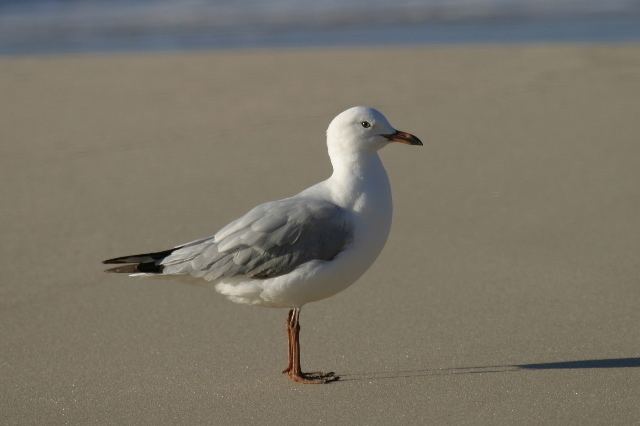 | ||
Scientific name Chroicocephalus novaehollandiae Similar Bird, Gulls, White‑faced heron, Dusky moorhen, Australian white ibis | ||
Silver gulls seagulls australian bird short documentary
The silver gull (Chroicocephalus novaehollandiae) is the most common gull seen in Australia. It has been found throughout the continent, but particularly at or near coastal areas.
Contents
- Silver gulls seagulls australian bird short documentary
- Silver gull point plomer how many legs
- Taxonomy
- Description
- Distribution and habitat
- Behaviour
- Feeding
- Breeding
- References
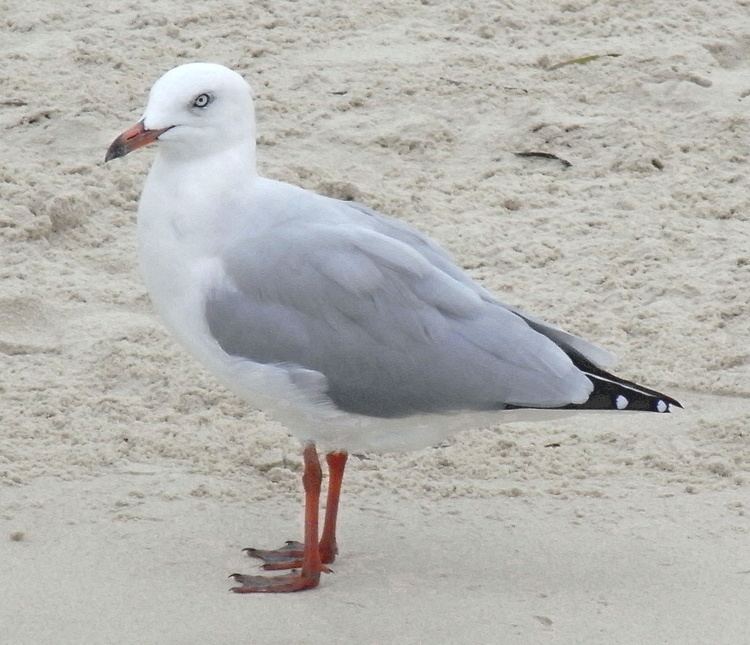
The silver gull should not be confused with the herring gull, which is called "silver gull" in many other languages (scientific name Larus argentatus, German Silbermöwe, French Goéland argenté, Dutch zilvermeeuw), but is a much larger, robust gull with no overlap in range.
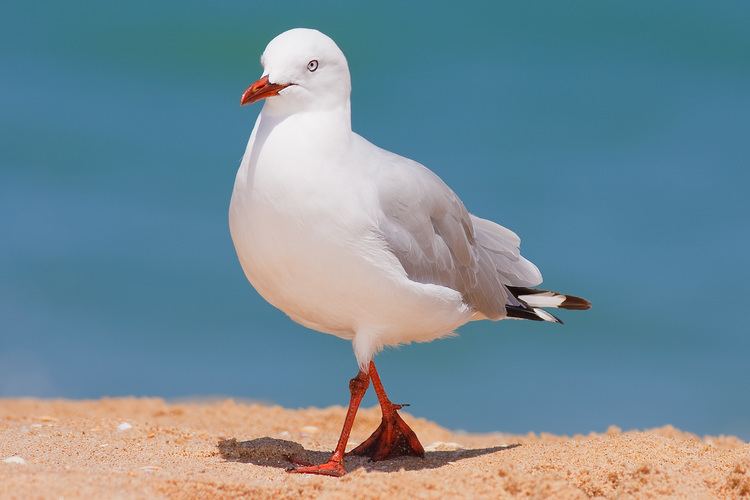
Silver gull point plomer how many legs
Taxonomy
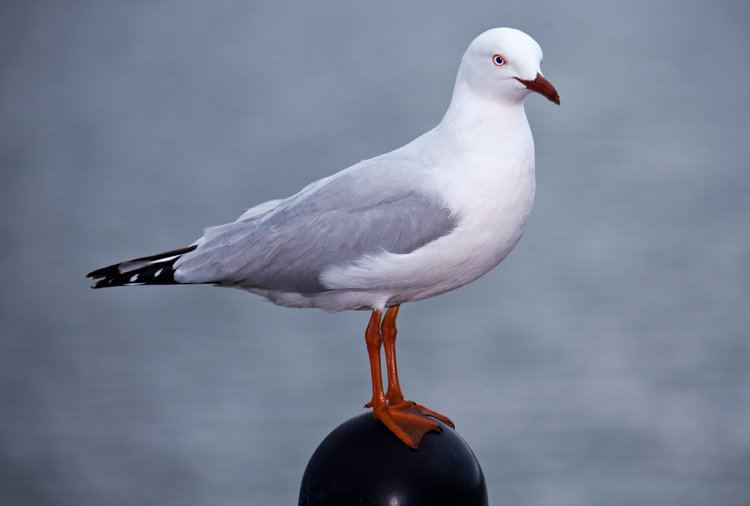
The South African Hartlaub's gull (C. hartlaubii) and the New Zealand red-billed gull (C. scopulinus) were formerly sometimes considered to be subspecies of the silver gull. As is the case with many gulls, it has traditionally been placed in the genus Larus, but is now placed in the genus Chroicocephalus.
Description
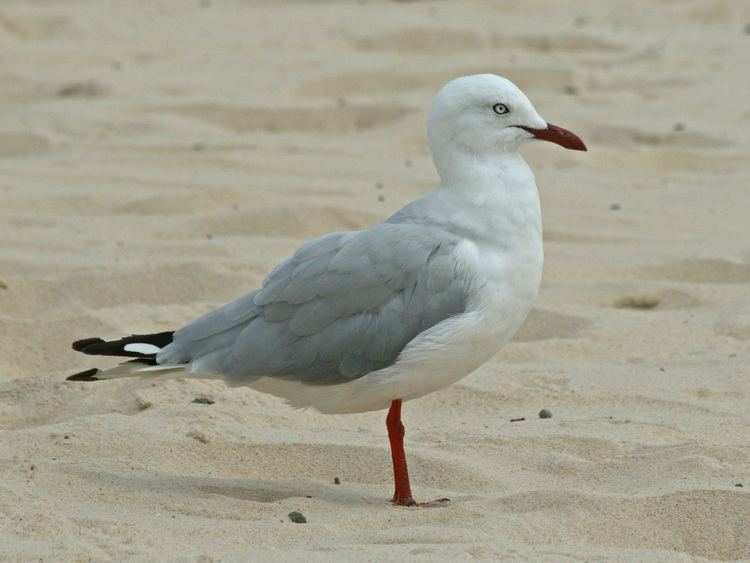
The head, body, and tail are white. The wings are light grey with white-spotted, black tips. Adults range from 40–45 cm in length. Mean wingspan is 94 cm. Juveniles have brown patterns on their wings, and a dark beak. Adults have bright red beaks—the brighter the red, the older the bird.
Distribution and habitat
Silver gulls are found in all states of Australia. It is a common species, having adapted well to urban environments and thriving around shopping centres and garbage dumps.
Silver gulls have twice been recorded in the United States; one bird was shot in August 1947 at the mouth of the Genesee River, Lake Ontario, and another was photographed in Salem County, New Jersey, in autumn 1996. Both are now believed to have escaped from captivity.
Behaviour
The silver gull has a sharp voice consisting of a variety of calls. The most common call is a harsh, high pitched 'kwarwh'.
Feeding
The silver gull naturally feeds on worms, fish, insects and crustaceans. It is a successful scavenger, allowing increased numbers near human settlements.
Breeding
Breeding occurs from August to December. The nest is located on the ground and consists of seaweed, roots, and plant stems. The nests may be found in low shrubs, rocks and jetties. Typical clutch size is one to three eggs.
